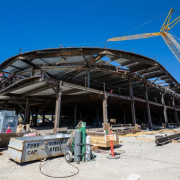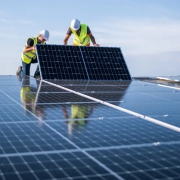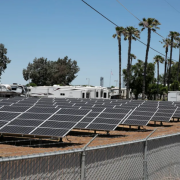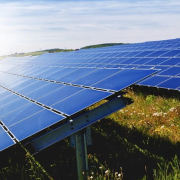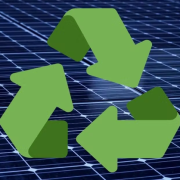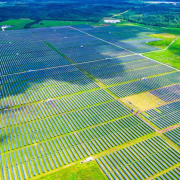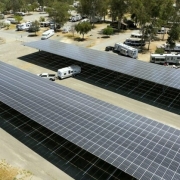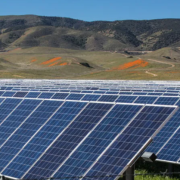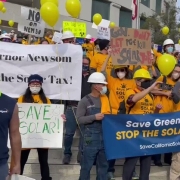The country’s first all-electric medical campus should be fully open in Irvine by 2025.
Spanning more than 800,000 square feet, and under the UCI Health umbrella, the medical campus will be powered by a central utility plant, an epicenter that will house all the equipment producing the electricity needed to power the facilities.
The 45,000-square-foot plant is all electric and solar-powered and will use state-of-the-art chillers for cooling and heating the hospital. The technology is currently in use at the UCI Medical Center in Orange.
Click here to read the full article
Source: The Mercury News
—
If you have any questions or thoughts about the topic, feel free to contact us here or leave a comment below.

